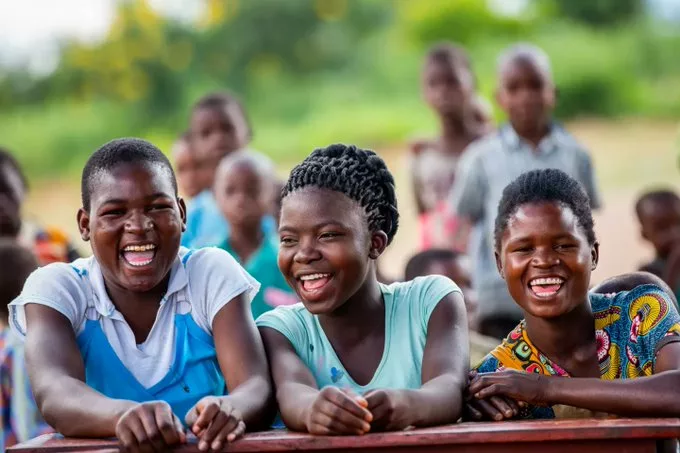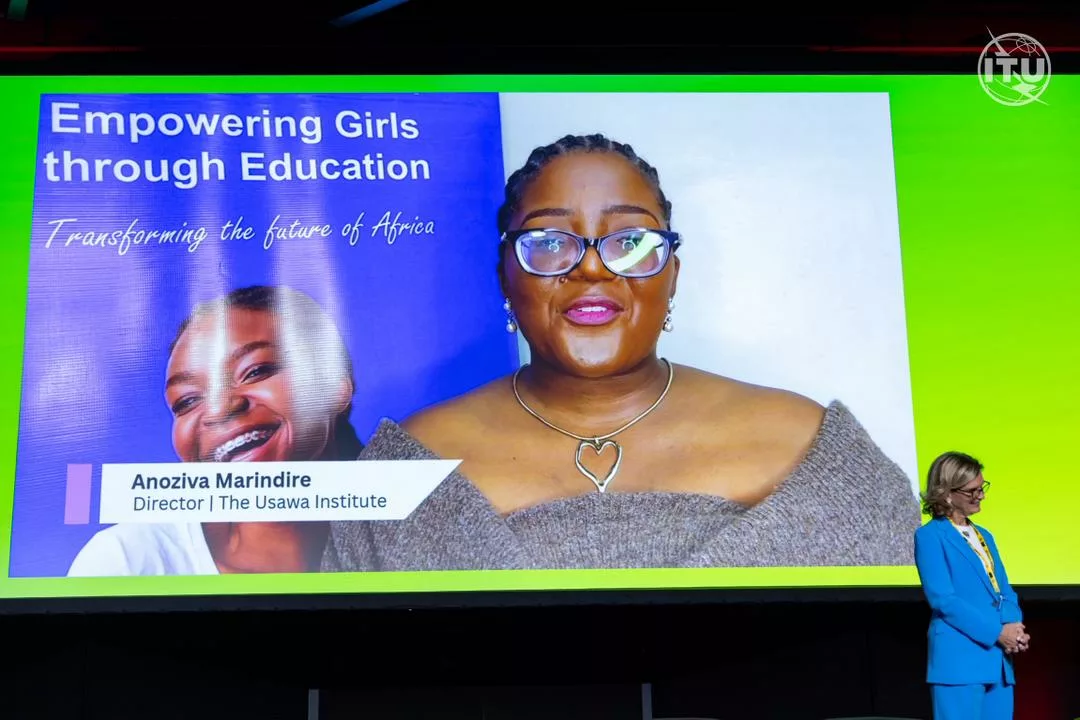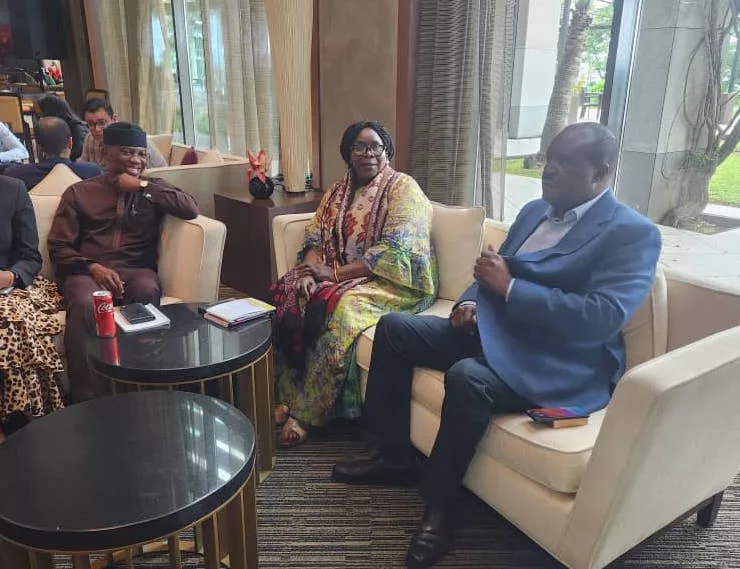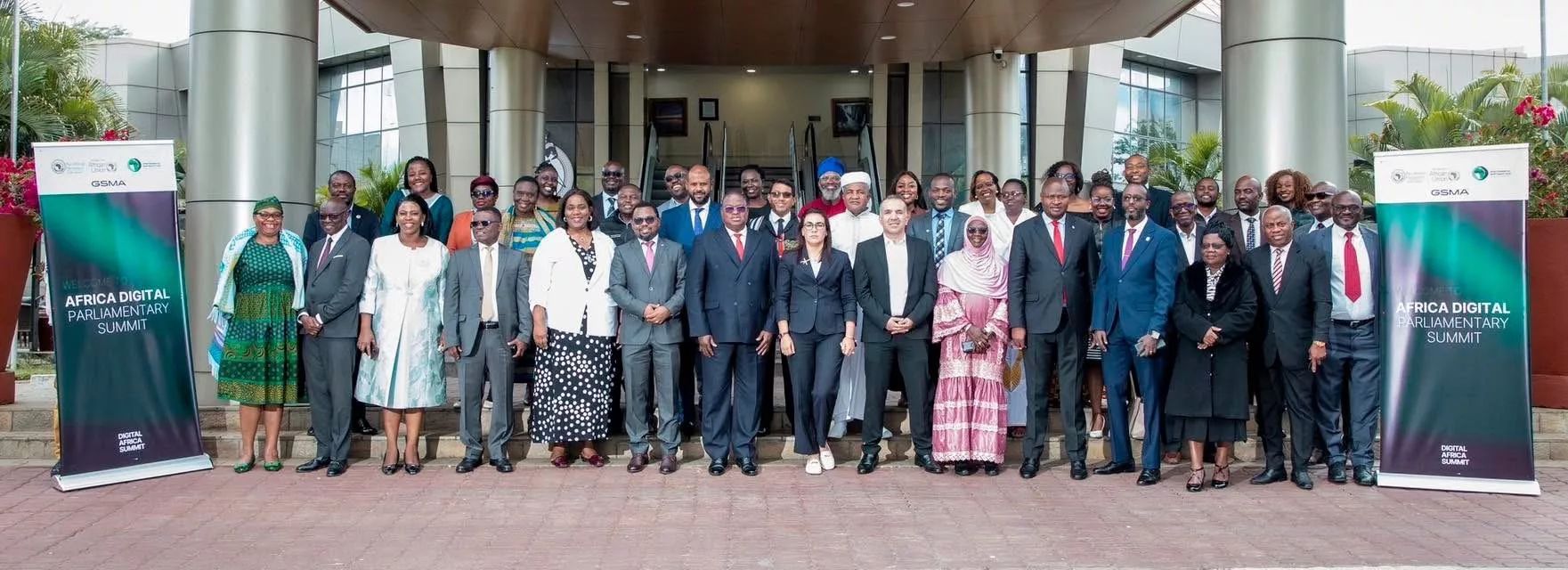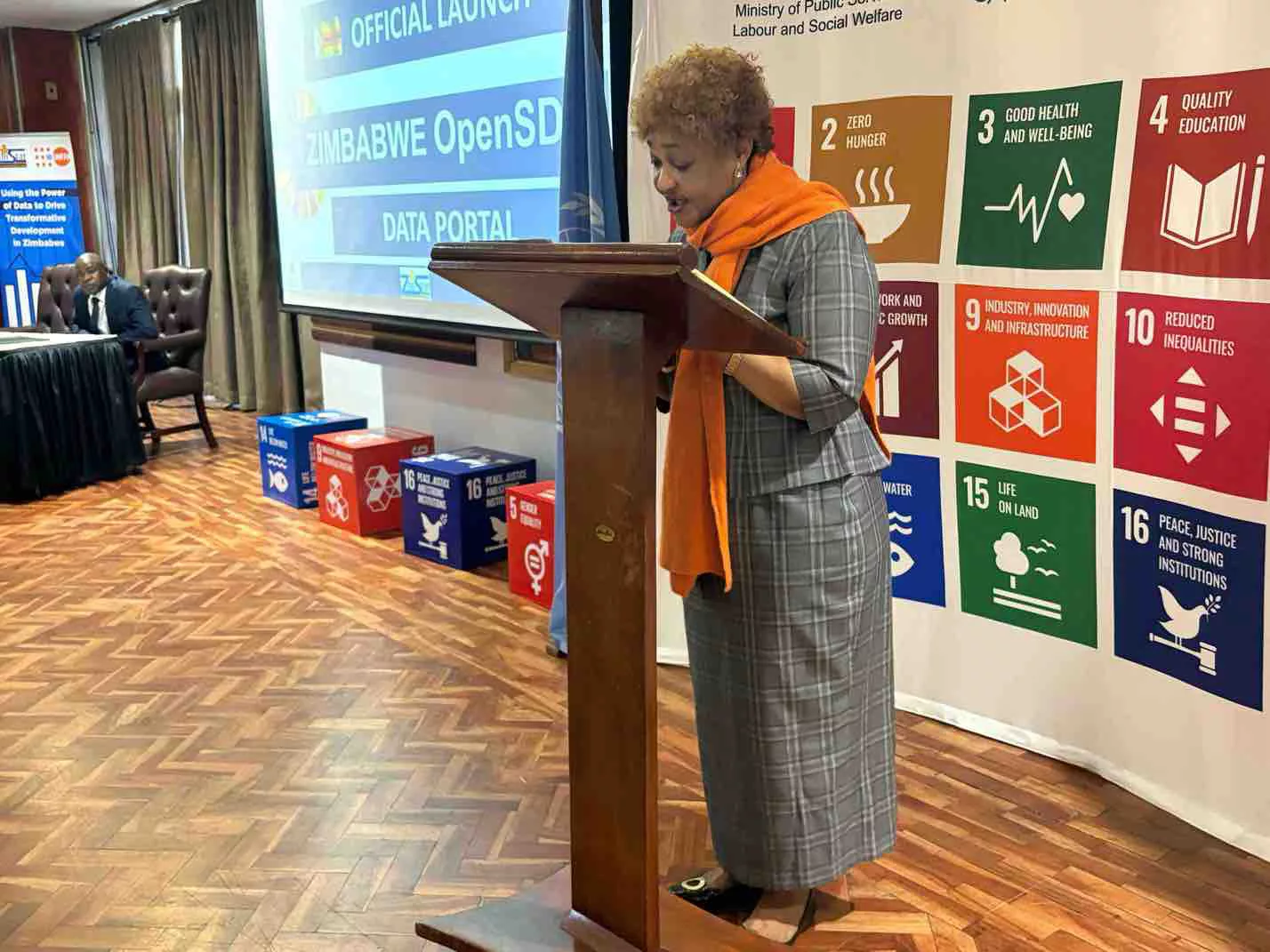|
Getting your Trinity Audio player ready...
|
By Etleva Kadilli, Nisha; and Alexandros K Makarigakis
An estimated 282 million young people aged 10-24 will reside in Eastern and Southern Africa by 2050. The potential of this population could be transformational. Yet currently, only a quarter of these young people complete upper secondary school and a quarter of young women aged 20-24 give birth before their 18th birthday. There are about 21.6 million unintended pregnancies in this region every year.
The impacts of adolescent pregnancy are felt now, in decades to come and for future generations. Maternal conditions are the leading cause of death among adolescent girls 15-19 years old globally1. Infants born to adolescent mothers face higher rates of stillbirth.
Eastern and Southern Africa is also the epicentre of the HIV crisis, where 76 per cent of new infections among young people aged 15-24 years are acquired by girls. Young mothers living with HIV experience higher mental health burdens and are less likely to adhere to treatment crucial to their own health and preventing transmission of HIV to the baby.
While still insufficient, efforts are being made across the region to help young people prevent unintended pregnancy and HIV transmission and to gain knowledge and agency in their sexual and reproductive health and rights. This is crucial because girls who experience unintended pregnancy face a myriad of interconnected challenges. UNESCO analysis found that among girls who drop out of school because of pregnancy, less than five per cent return, implying early pregnancy marks the end of their education.
In many countries, including those with favourable laws and policies, adolescent mothers are often forced to leave school until after childbirth or denied the right to return, either by poor school culture, harmful cultural norms, unsupportive families or for more practical reasons like low incomes and childcare burdens.
In sub-Saharan Africa, more than six million pregnant and parenting girls (aged 10–19) are out of school. Dropping out of school increases the chances of girls engaging in risky sexual behaviour, acquiring HIV and other STIs, and quickly becoming pregnant again. The risks to young mothers are wide-ranging, but then so is the potential for transformational change.
The good news is that every extra year a girl stays in school can increase her future income by 10 per cent and a child of a mother who can read is 50 per cent more likely to live past the age of five. Girls who complete secondary education tend to be healthier, earn more, marry later, have fewer children and provide better health care and education for the next generation, mainly because women tend to reinvest 90 per cent of their earnings into their families.
Education is one of the most protective and powerful tools that an adolescent girl can utilise to be healthy and do better in life. But too often school environments are unsafe, with discrimination and stigma driving adolescent mothers to drop out of school to hide their pregnancy. When they want to return to school, they are not welcome.
Teacher training, curricula, education planning and budgeting are also often gender unaware. Only half of African countries have national laws or policies in place to protect pregnant girls’ or adolescent mothers’ right to an education. Discrimination in education persists even in countries that are party to the UNESCO Convention against Discrimination in Education, which imposes immediate right to education obligations.
Adolescent mothers need supportive parents and guardians, flexible teachers, discrimination-free learning environments, non-judgmental communities and accountable governments, which implement laws or lift impediments to protect their rights to education and health. Young mothers thrive when they have options and support for all their interconnected needs.
Programmes encouraging support from peers, supported by UNICEF through the joint UN 2gether 4 SRHR programme, are yielding incredibly strong results. Not only in increasing testing and treatment and reducing transmission rates of HIV, but also in reducing intimate partner violence – by 44 per cent in Lesotho, and in coping with post-natal depression, where a 30 per cent improvement was seen for mothers mentored by those with similar experience. The Our Rights Our Lives Our Future Programme by UNESCO is also empowering young people with age-appropriate sexuality education, enabling them to protect themselves from early unintended pregnancy and HIV.
Young mothers are leading change across the continent, supporting each other to choose the healthiest and most impactful paths, whether that be caregiving, education, employment or entrepreneurship. Governments have rolled out evidence-based peer provider programmes nationally and across the region. Implementers can benefit from this experience and evidence, which will be shared at the first AU Pan- African Conference on Girls and Women’s Education.
Evidence clearly shows the value of investing in young people’s education, health, wellbeing and agency. Africa has the fastest-growing youth population in the world, which offers the continent an opportunity to address inequality now, for decades to come, and for the next generation. 50 million more girls are in school today than in 2015. Progress is possible.
Etleva Kadilli is the UNICEF Regional Director of Eastern and Southern Africa; Nisha is the UNESCO Regional Director for Southern Africa; and Alexandros K Makarigakis is the UNESCO Regional Director for East Africa.


